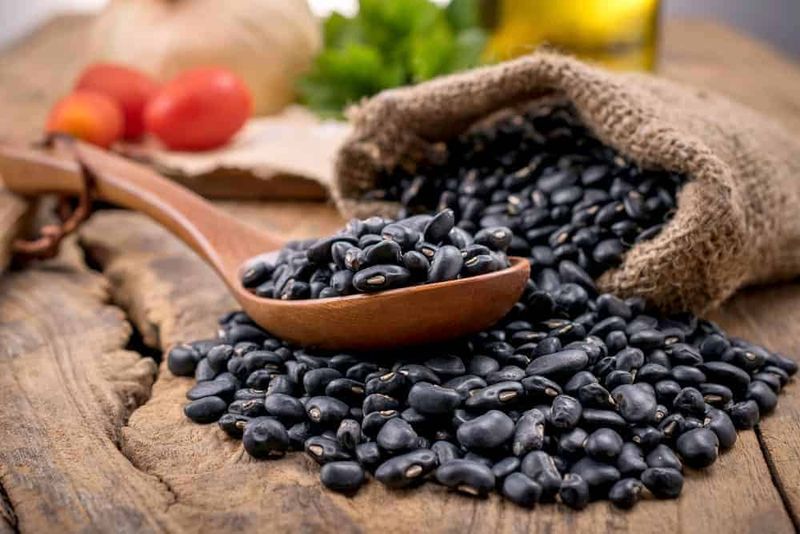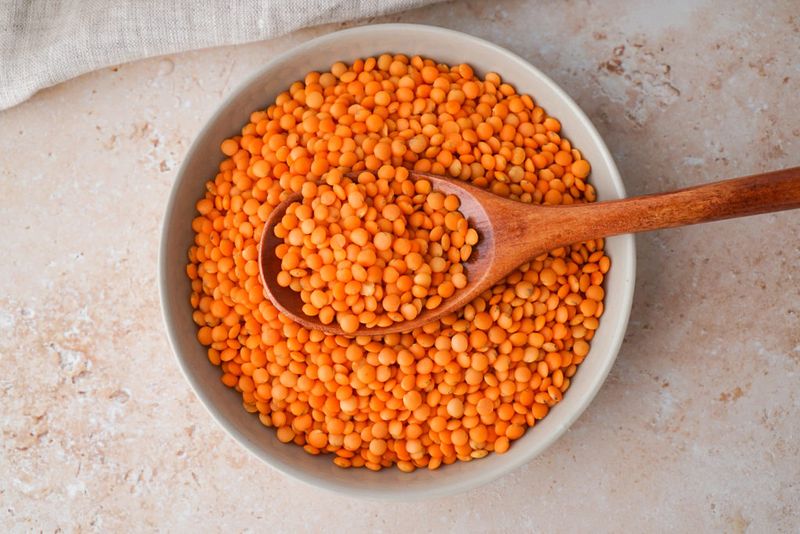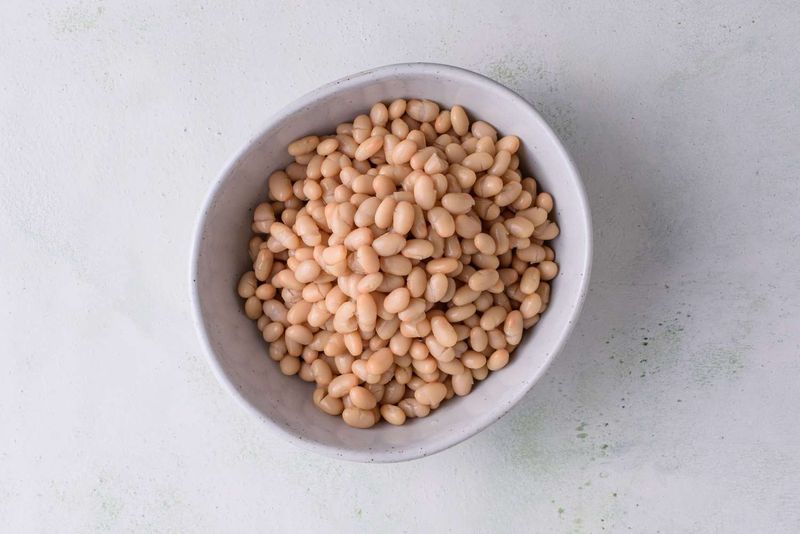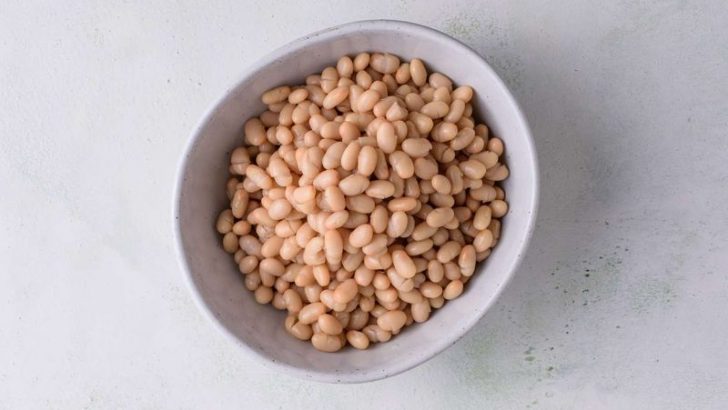Beans are celebrated globally for their nutritional richness and adaptability in culinary creations. Nutritionists frequently advocate the introduction of diverse beans into daily diets to harness a multitude of health benefits. In this article, we explore six beans endorsed by nutritionists for their exceptional health advantages. From muscle-supporting black beans to the gut-friendly navy beans, each type offers unique nutritional properties. Incorporating these beans into meals not only elevates the taste but also ensures a balanced dietary intake. They can be seamlessly included in salads, stews, or even savory dips, making them a versatile choice for health-conscious individuals.
1. Black Beans

Black beans, with their deep hue, are a powerhouse of nutrition. Known for their high protein and fiber content, they aid muscle health and digestion. Antioxidants found in black beans help combat oxidative stress, offering a protective edge against chronic diseases.
In culinary circles, black beans shine in diverse dishes, from hearty stews to fresh salads. Their versatility extends to Latin American cuisines, adding richness to every meal. Did you know? Black beans have been a staple in diets for over 7,000 years, symbolizing longevity and sustenance.
Explore their robust flavor in your next culinary adventure!
2. Kidney Beans

Kidney beans, recognized by their distinctive shape and deep red color, are nutritional gems. Rich in iron and folate, they boost energy and support red blood cell formation. They also play a role in regulating blood sugar levels, making them ideal for diabetic-friendly diets.
These beans are popular in many cuisines, especially in chili dishes that offer warmth and heartiness. The history of kidney beans traces back to Peru, where they were cultivated as early as 8,000 years ago.
Their earthy flavor complements a variety of ingredients, making them a kitchen favorite!
3. Chickpeas

Chickpeas, often seen as the stars of Middle Eastern dishes, are packed with protein and healthy fats. Their nutty flavor and creamy texture make them a favorite in salads and hummus. They provide sustained energy, promoting heart health through their high fiber content.
Historically, chickpeas have been cultivated for thousands of years, with records dating back to the ancient civilizations of the Mediterranean.
Their adaptability allows them to be used in both savory and sweet dishes, making them a versatile ingredient in any pantry.
4. Lentils

Lentils are celebrated for their plant-based protein and fiber. These small, lens-shaped seeds support digestive health and help maintain healthy cholesterol levels. Their quick cooking time and adaptability make them a staple in many households.
From soups to salads, lentils bring a subtle earthy flavor that enhances many dishes. They have a rich history in Indian and Middle Eastern foods, often used in traditional recipes.
Fun fact: Lentils are one of the oldest cultivated crops, with evidence of their consumption dating back over 9,000 years!
5. Pinto Beans

Pinto beans, known for their distinctive speckled appearance, are rich in antioxidants and fiber. They support gut health and help reduce inflammation, making them a nutritious choice. These beans are a staple in Mexican cuisine, celebrated in dishes like refried beans.
Their mild, creamy flavor pairs well with bold spices, making them versatile in many recipes. Historically, pinto beans have been an integral part of Native American diets, valued for their nourishing properties.
They offer both culinary appeal and health benefits, perfect for any meal!
6. Navy Beans

Navy beans, small and white, pack a nutritional punch. They’re high in B vitamins and minerals like magnesium, contributing to energy metabolism and bone health. Their creamy texture makes them an excellent addition to soups and stews.
Often referred to as “Boston beans,” they are historically linked to traditional New England dishes. Fun fact: The navy bean gets its name from its extensive use by the U.S. Navy as a staple food.
Their subtle flavor allows them to blend seamlessly into a variety of recipes, offering both taste and health benefits.

Well, hello there!
My name is Jennifer. Besides being an orthodontist, I am a mother to 3 playful boys. In this motherhood journey, I can say I will never know everything. That’s why I always strive to read a lot, and that’s why I started writing about all the smithereens I came across so that you can have everything in one place! Enjoy and stay positive; you’ve got this!

